Big cats, such as lions, tigers, leopards, and cheetahs, hold a special place in popular culture and our collective imagination. Their majestic appearance and formidable presence have fascinated humans for centuries. This charismatic appeal has spurred numerous conservation efforts worldwide, as people are mobilized by the idea of preserving these iconic creatures. Understanding how big cats inspire conservation can provide crucial insights into global conservation strategies.
The Importance of Keystone Species
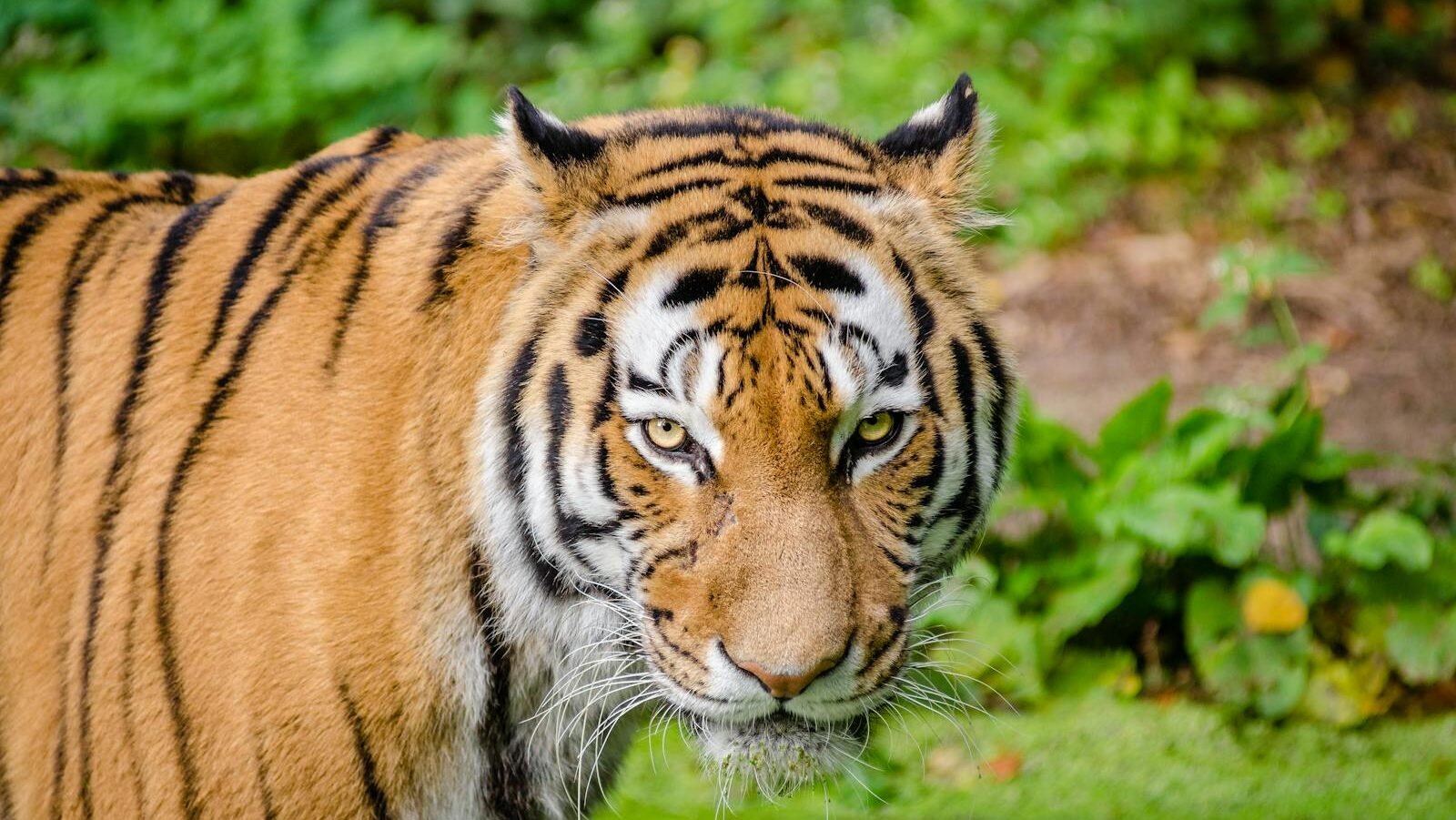
Big cats are often considered keystone species, meaning their survival is critical for maintaining the health of their ecosystems. Their role as top predators helps control prey populations and maintain balance in their habitats. This ecological significance amplifies their importance, with conservationists striving to protect these predators to ensure biodiversity and ecological resilience.
Big Cats in Peril: Current Threats
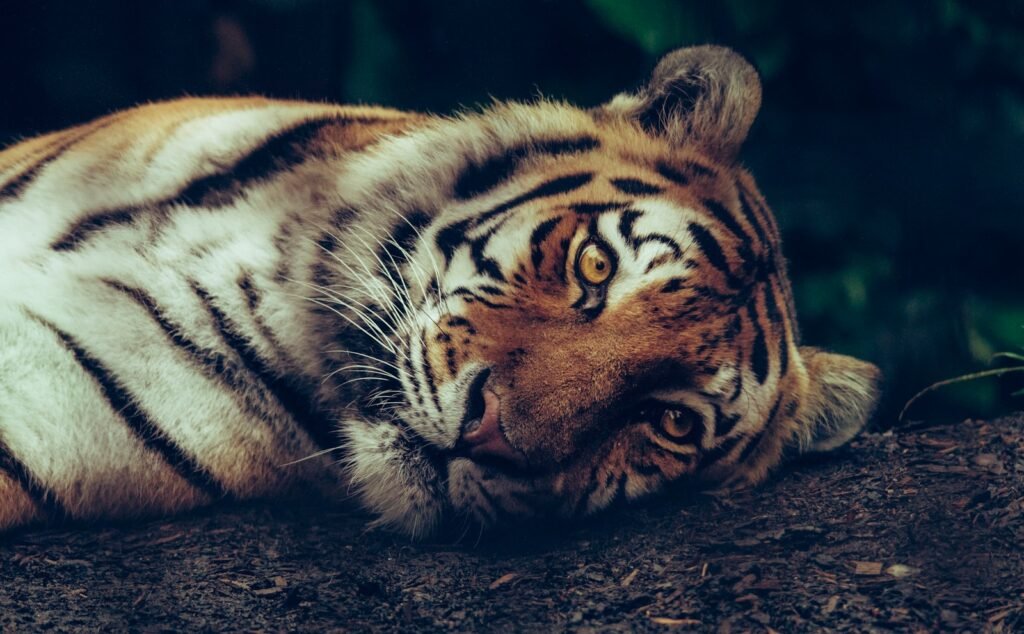
Despite their iconic status, big cats face numerous threats that jeopardize their survival. Habitat loss, poaching, human-wildlife conflict, and climate change are some of the primary challenges. By understanding these threats, conservationists and policymakers can develop targeted strategies to address them and secure a future for these magnificent animals.
Conservation Success Stories
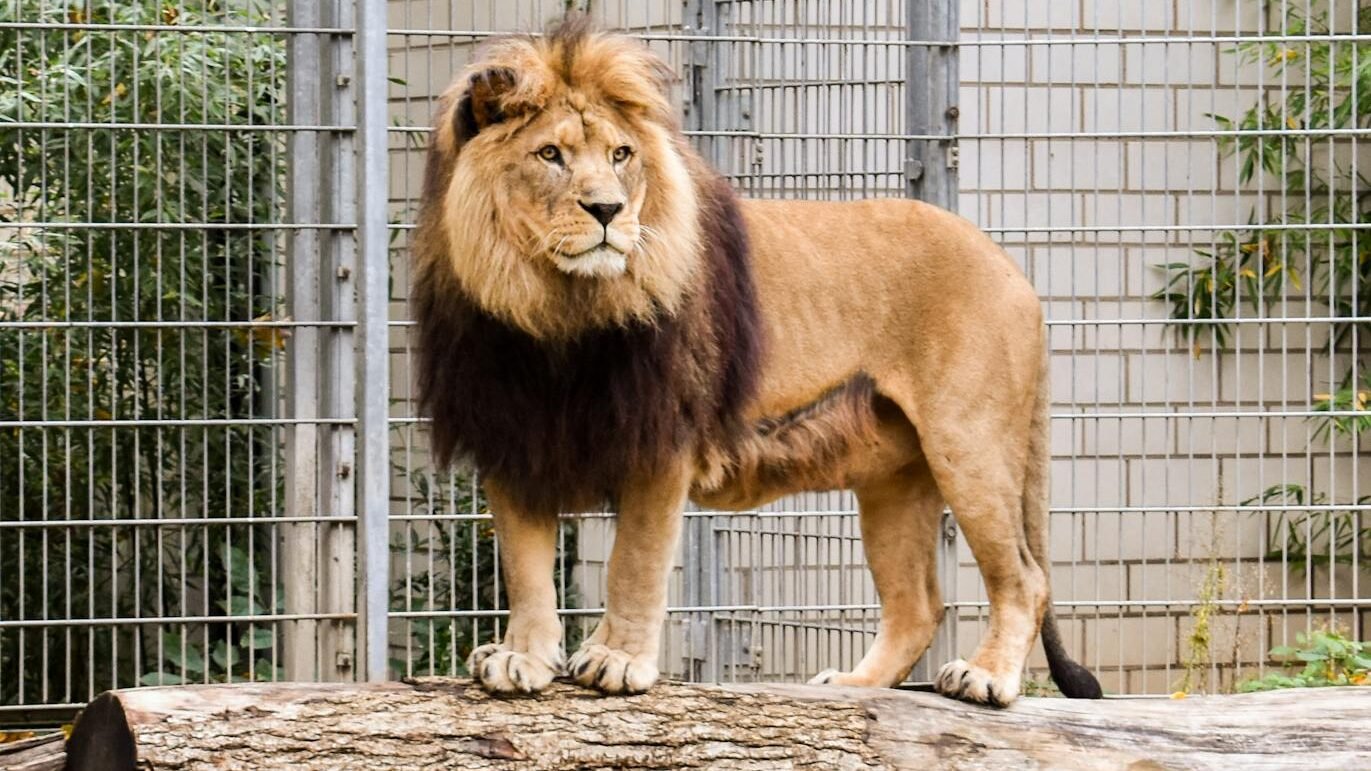
There have been several notable successes in big cat conservation, often driven by dedicated individual and organizational efforts. For instance, the recovery of the Amur tiger population in Russia is a testament to effective collaborations between government, NGOs, and local communities. These success stories provide valuable lessons and blueprints for future conservation initiatives.
Community-Based Conservation Initiatives

Community involvement is crucial for the success of conservation projects. Many initiatives now focus on engaging local populations, providing them with education and economic incentives to encourage coexistence with big cats. Such community-based programs are pivotal in creating sustainable conservation models that benefit both humans and wildlife.
Role of Technology and Innovation

Advancements in technology and innovation are transforming the field of conservation. Tools like satellite tracking, camera traps, and genetic analysis are improving our understanding of big cat behavior and ecology. These technologies enable conservationists to monitor populations more effectively and take timely action to protect these species.
The Power of Media and Awareness Campaigns

Media plays a critical role in raising awareness about the plight of big cats. Documentaries, social media campaigns, and educational programs help bring attention to their challenges and inspire action. Engaging stories and powerful imagery can galvanize public support and funding for conservation efforts.
Policy and Legislation

Effective policy and legislation are essential for protecting big cats. International agreements and conventions, such as the Convention on International Trade in Endangered Species (CITES), aim to regulate trade and ensure sustainable practices. Local laws that prohibit poaching and protect habitats are equally important for the survival of these species.
Challenges in Captive Breeding Programs
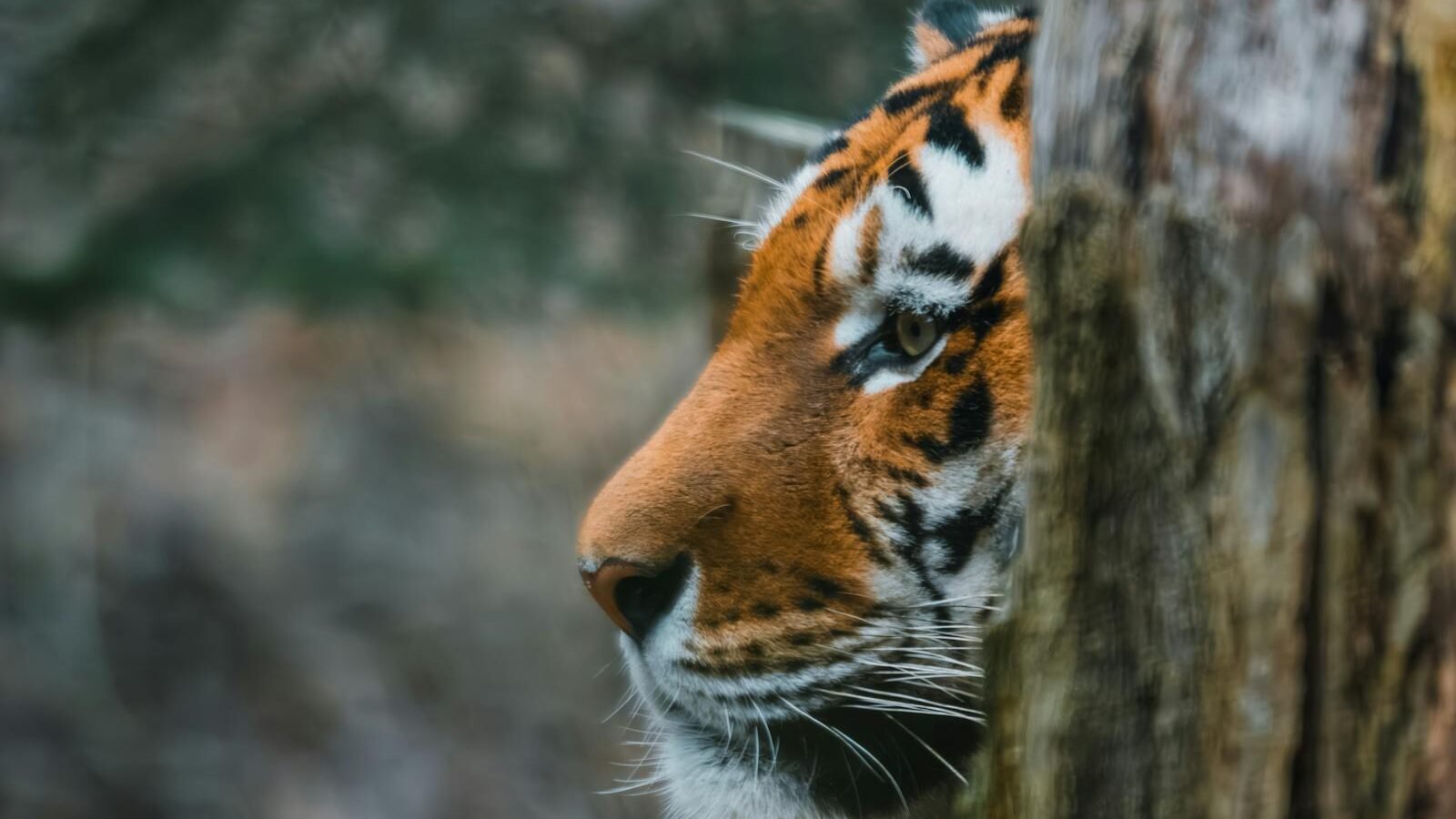
Captive breeding programs are a component of some conservation strategies, providing a safety net for critically endangered populations. However, these programs face challenges, including maintaining genetic diversity and ensuring successful reintroduction into the wild. Understanding these challenges is vital for improving the effectiveness of such initiatives.
A Global Call to Action

The decline of big cat populations is a global issue that requires a collaborative response. Mobilizing international support, funding, and expertise is crucial for developing comprehensive conservation strategies. By combining efforts across borders and sectors, we can work towards a future where big cats thrive in the wild.
Inspiration for Broader Conservation Efforts
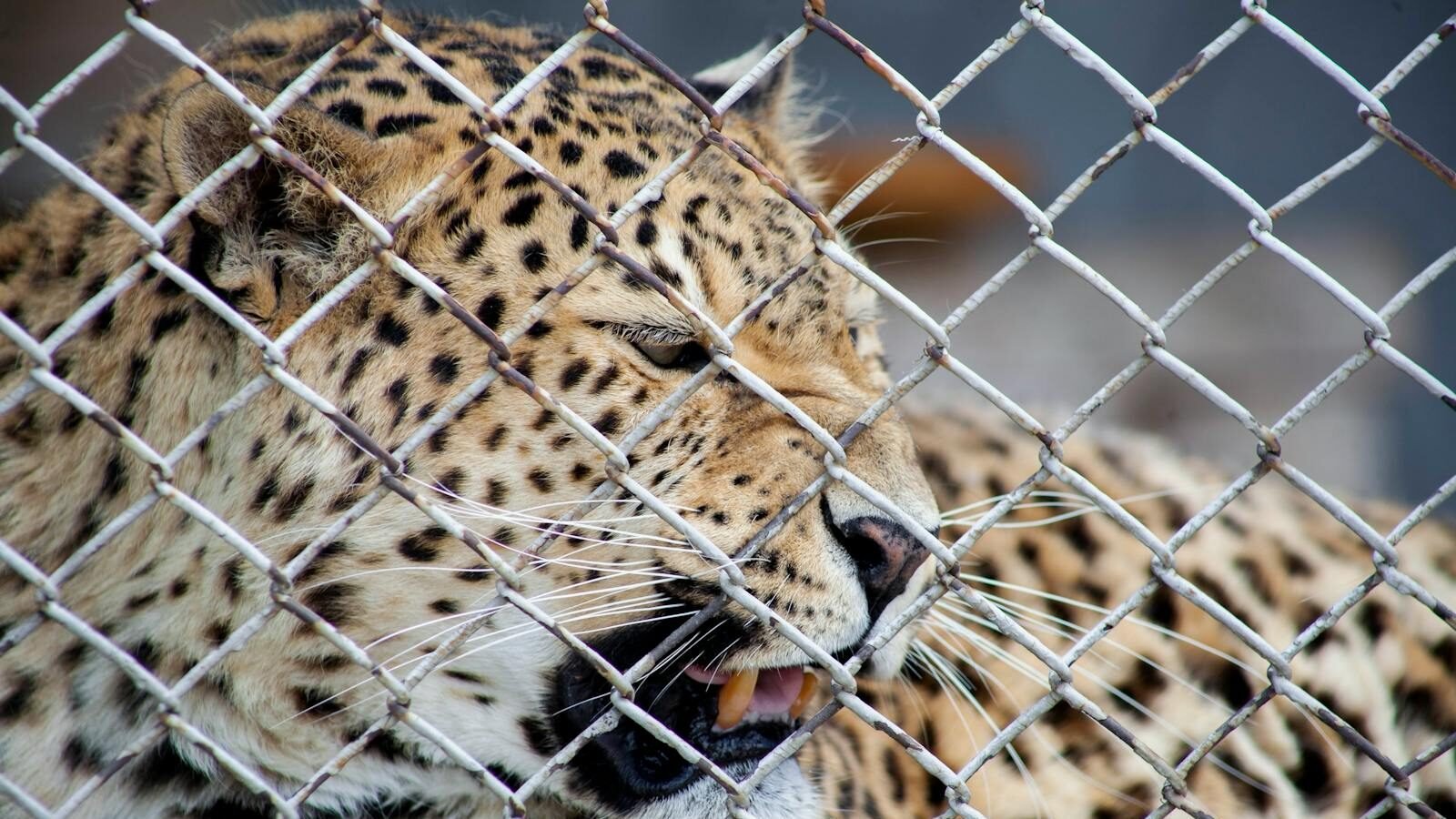
Big cat conservation serves as an inspiration for broader environmental efforts. Their protection often leads to the preservation of entire ecosystems, benefiting numerous other species. By focusing on charismatic species like big cats, we can leverage their appeal to gain support for larger conservation initiatives that address critical global challenges.

With over a decade of experience as a dedicated cat lover and enthusiast, I specialize in writing captivating content about all things feline. My expertise shines through in creating engaging and informative pieces that resonate with fellow cat lovers. As a proud cat parent to my beloved Duston, my personal connection to the world of cats adds authenticity and warmth to my work, making it relatable and heartfelt.






